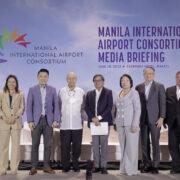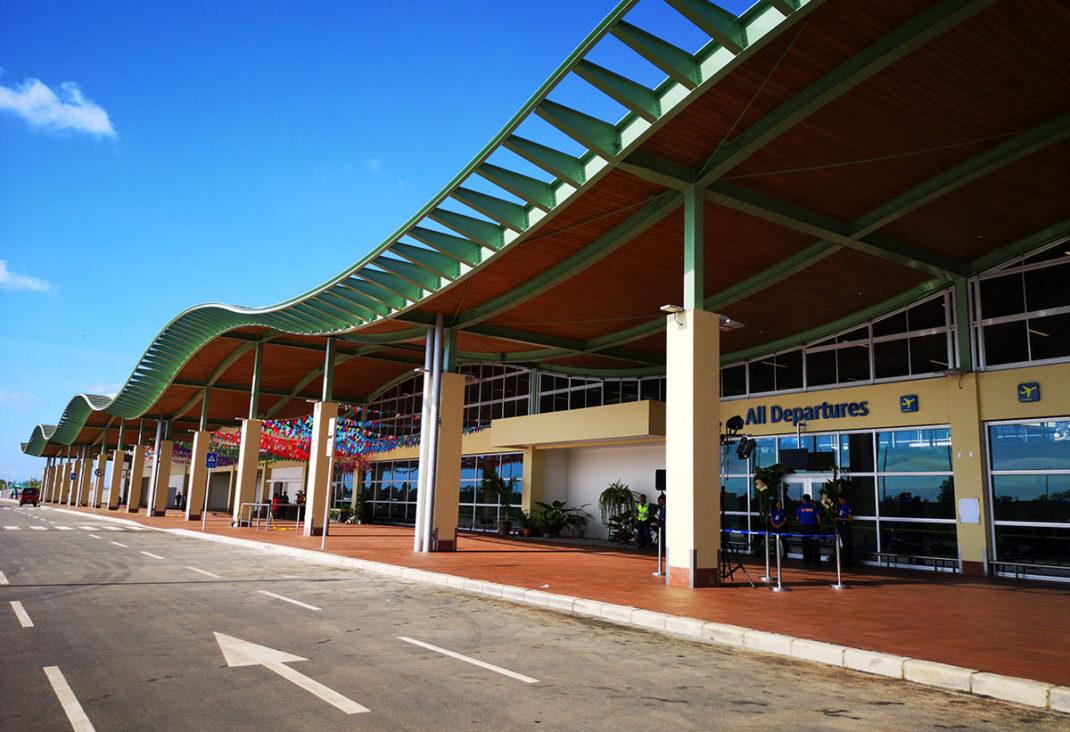
MANILA, June 19, 2023 – The Manila International Airport Consortium (MIAC) has unveiled the NAIA Masterplan (Masterplan), the multi-phased development program at the center of its PHP 267 billion Unsolicited Proposal (USP) for the rehabilitation and development of the Ninoy Aquino International Airport (NAIA). With this, the Consortium aims to more than double the declared capacity of the airport from 31 million passengers per annum (MPPA) to about 70 MPPA in the long term. This banner projection for upsizing NAIA is also slated to play a key role in enabling the Philippines to transform into a regional economic hub.
Under the NAIA Masterplan, there are three key phases of development, which will feature increases in capacity and reliability, and overall improvements in passenger experience. Phase 1, also called “Quick Wins,” will be implemented over the first two years and is intended to quickly increase the capacity of the airport to 54 MPPA by 2025 and improve reliability, while reducing queuing times at various bottlenecks throughout NAIA. Phase 2 will increase the capacity of the airport to 62.5 MPPA by 2028 through expansion and development of the terminal floor area, addition of airfield facilities and improvements in cross-terminal transportation. Phase 3 will further increase NAIA’s capacity to approximately 70 MPPA by 2048, and consists of long-term expansion and development projects to further expand terminal space and airfield capacity.

Chief Executive Officer, Alliance Global Group, Inc.
Chairman and President, AG-Infracorp Development Inc.
“The Manila International Airport Consortium recognizes the immense task of transforming NAIA to meet the exponentially growing demands of Mega Manila air travel, not only in the here and now but also in the future,” says Kevin L. Tan, Chairman and President of Alliance Global – InfraCorp Development, Inc. “It is because of this that the members of the Consortium have pooled together its significant resources, technical expertise and operational experience to put forward a NAIA Masterplan.”
The Manila International Airport Consortium has submitted this Masterplan to DOTr and MIAA as part of its USP under the Public-Private Partnership (PPP) framework to introduce technological, structural and operational changes to the NAIA under a 25-year Concession Agreement. Through the implementation of the Masterplan, the MIAC envisions a NAIA that will serve as an engine of growth for the Philippines, especially in the tourism and economic sectors as the country aspires to position itself as a regional powerhouse.
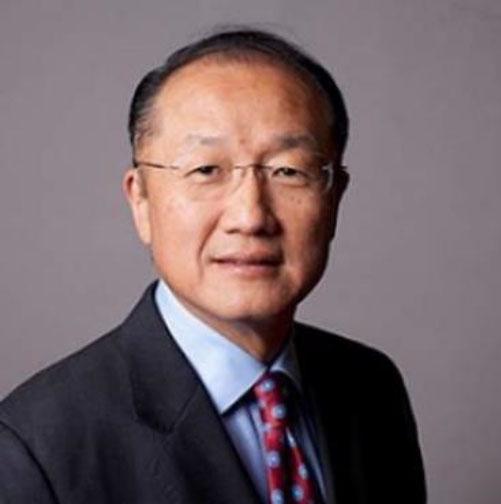
Vice Chairman, GIP Chairman, GIP Emerging Markets
“Human capital, access to financial capital, strong government leadership, and reliable transport infrastructure are key enablers of any regional economic hub,” shares Dr. Jim Yong Kim, Vice Chair and Partner, Global Infrastructure Partners (GIP). “Reliable transport infrastructure is a key challenge for the Philippines and the rehabilitation of NAIA for the long-term is essential if Manila is to become the regional economic hub we know it can be.”
GIP is one of the leading infrastructure investors and airport operators in the world, whose portfolio of airports include international hubs such as London Gatwick Airport, Sydney Airport, and Edinburgh Airport. It is the technical partner of MIAC, whose other members include six of the Philippines’ largest conglomerates, namely Aboitiz InfraCapital, Inc., AC Infrastructure Holdings Corporation, Asia’s Emerging Dragon Corporation, Alliance Global – Infracorp Development Inc., Filinvest Development Corporation, and JG Summit Infrastructure Holdings Corporation.
The fastest route to sustainable development
More pressingly, the rehabilitation of NAIA is critical for it to capably meet a projected explosion in travel demand. By 2028, it is projected that NAIA will welcome 55 million passengers—well above its declared capacity of 31 MPPA. Before the pandemic, NAIA had already breached this ceiling when it registered a peak of 47.9 million passengers in 2019.
Given that the MIAC USP has already completed its technical, economic, financial, value-for-money and ESG studies, the concession could be awarded this year by the Philippine government and the Masterplan can be implemented immediately and improvements being realized shortly thereafter.

President and CEO Aboitiz InfraCapital, Inc.
“The MIAC USP represents the fastest route to the rehabilitation and modernization that NAIA urgently needs,” highlights Cosette Canilao, President and CEO of Aboitiz InfraCapital, Inc. “The unsolicited procurement mode of the BOT Law is a powerful tool of the government to fast track infrastructure development provided the proposal is properly prepared, backed by credible and qualified proponents, and adheres to the rules, policies and guidelines of the government. MIAC’s unsolicited proposal unequivocally meets all those criteria. We have done the homework: it is a turnkey proposal ready for government evaluation, and has the financing to get boots and shovels on the ground.”
Apart from this, the MIAC USP is committed to the comprehensive development of NAIA, which is expected to remain at the critical core of Mega Manila’s–and the country’s–airport strategy for decades to come, given that it is currently the only large-scale operating airport serving the region.

President and CEO
Filinvest Development Corporation (FDC)
“NAIA’s importance and economic impact cannot be overstated, especially since it has an ecosystem of supporting infrastructure that would take decades for greenfield airport developments to replicate,” says L. Josephine Gotianun-Yap, President and CEO, Filinvest Development Corporation. “It is necessary for NAIA’s comprehensive modernization to happen in parallel with the development of greenfield airports.”
Taking the long view, the MIAC USP proposes a 25-year concession period which will allow the private sector to invest extensively in NAIA’s infrastructure and technology as well as to institutionalize the superior level of service expected of an international gateway. Moreover, the 25-year period will also allow MIAC to take into account the increased demand forecast and help facilitate a smooth transition into a multi airport system.
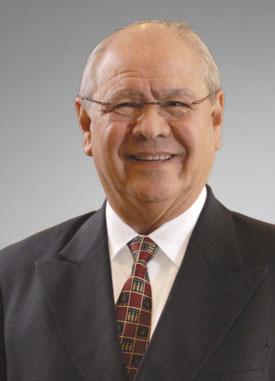
Chief Financial Officer, Chief Risk Officer, Chief sustainability Officer & ESG Officer
“A government decision favoring a 25-year concession plan will show its commitment to attract strong foreign and local players for future PPP projects,” shares Jose Gabriel D. Olives, Chief Financial Officer, LT Group, Inc. “An effort to ensure meaningful private sector participation in PPPs will benefit other projects in the future, as more private sector players will be enticed to participate.”
Providing the best value and most benefits
MIAC’s PHP 267 billion proposal includes PHP 211 billion of capital investments–PHP 57 billion of which will be rolled out over the first five years with the remaining PHP 154 billion to be invested over the remainder of the proposed 25-year concession period.
The proposal also includes an unprecedented PHP 57 billion concession payment to the government—the largest ever upfront concession payment offered for a transportation PPP project in the country, whether solicited or unsolicited.
Beyond the PHP 267 billion of upfront payment and capital investments, the government is also projected to receive an additional PHP 280 billion over the course of the concession period from revenue sharing and taxes.
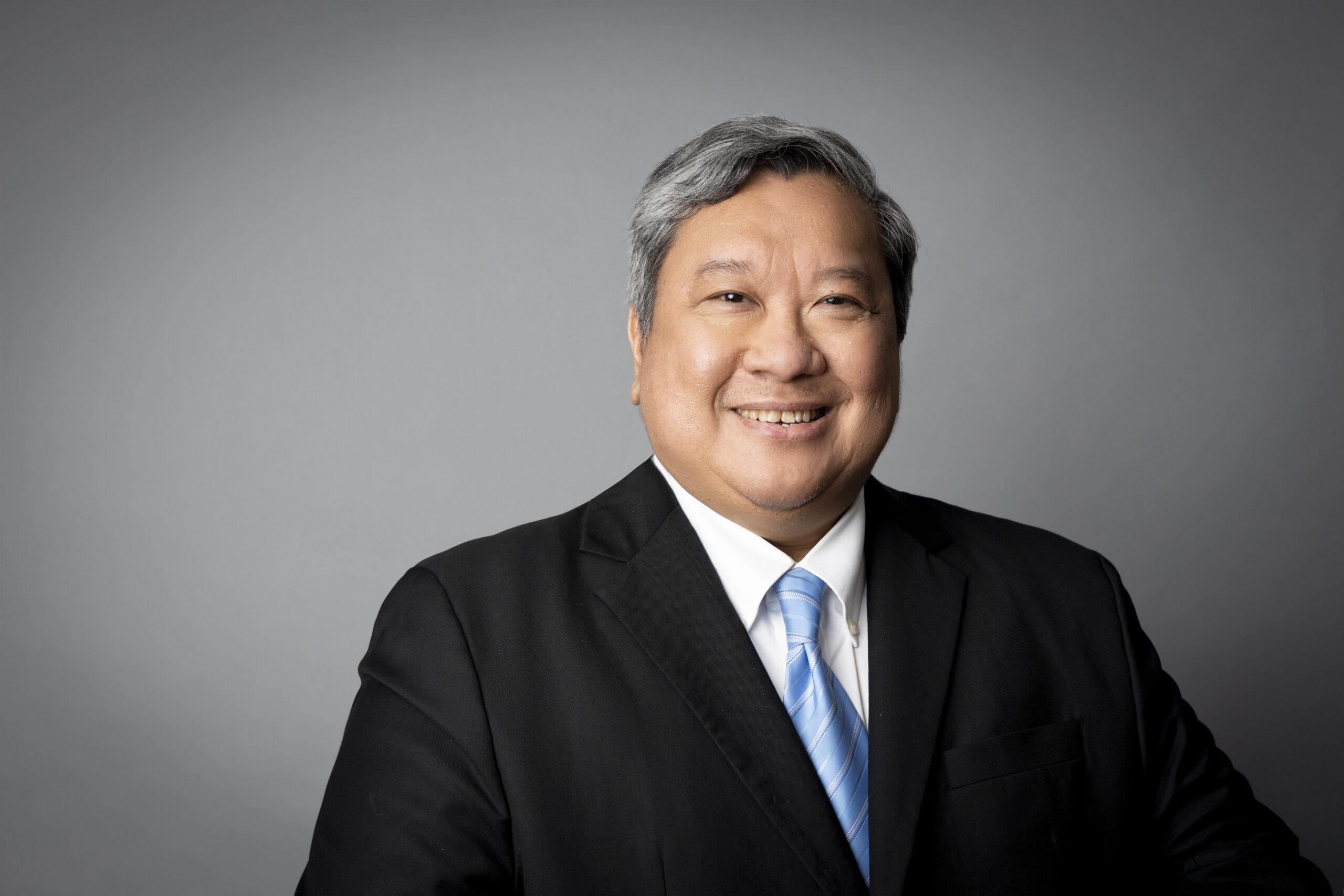
Treasurer, JG Summit Infrastructure Holdings Corporation
“The upfront concession payment can help strengthen the government’s fiscal position and address other critical priorities such as ongoing pandemic recovery efforts; growing consumer demands for safer, more convenient and efficient travel services; and tightening global financial conditions,” said BJ Sebastian, Senior Advisor, JG Summit Holdings, Inc. and Treasurer, JG Summit Infrastructure Holdings Corporation.
Apart from this, MIAC’s planned rehabilitation of NAIA is projected to generate PHP 446 billion in gross economic value. This includes, in gross value basis, PHP 100 billion from gross value-add in tourism activities, PHP 152 billion from increased passenger comfort, PHP 60 billion from passenger time savings, PHP 65 billion from aircraft decongestion savings, and PHP 65 billion from new local jobs.

Over-all, MIAC has designed its unsolicited proposal to provide the most expeditious, value-added, and beneficial route to transforming NAIA into the airport that Filipinos deserve,” said Cezar Consing, President and CEO, Ayala Corporation.


